Case studies
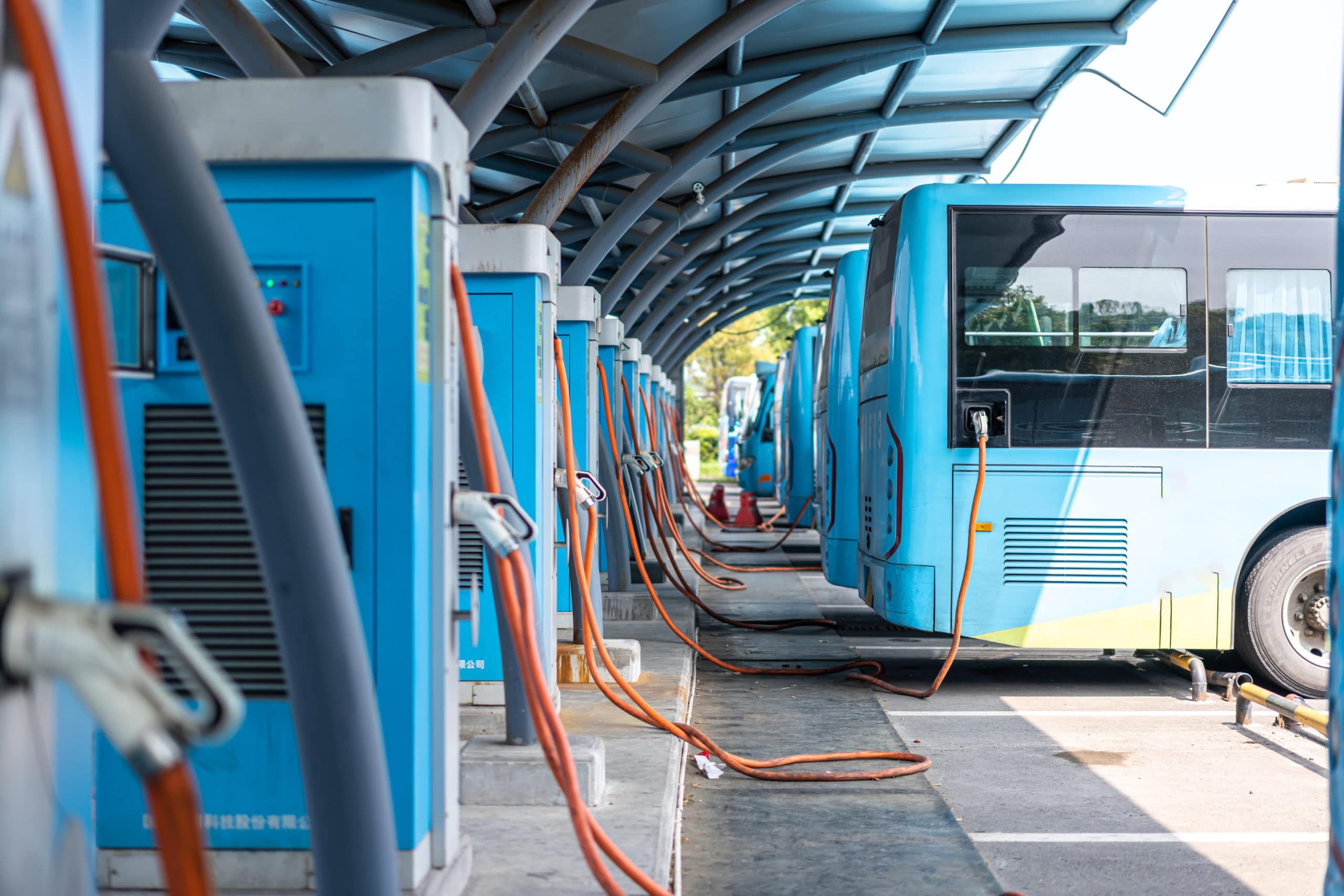
AAATA/TheRide has retained Evenergi to conduct an impartial review of bus propulsion technologies. The outcome of the study seeks a balanced review of propulsion options available in the marketplace evaluating benefits, downfalls, risks, and costs to AAATA/TheRide. Our scope includes reviewing Battery Electric Buses, Hydrogen Fuel Cell Electric Buses, Trolley Buses and Compressed Natural Gas for their applicability in Ann Arbor.

The brief required a model for the deployment of up to 200 electric buses in two depots as well as a detailed analysis of bus and charging infrastructure options. The project also involved the development of a strong position in this area to help with tender defence next year, a development of a strong position in this area to help with future bids in general and a requirement for a clear understanding of options for the EOI process launched by NSW Government
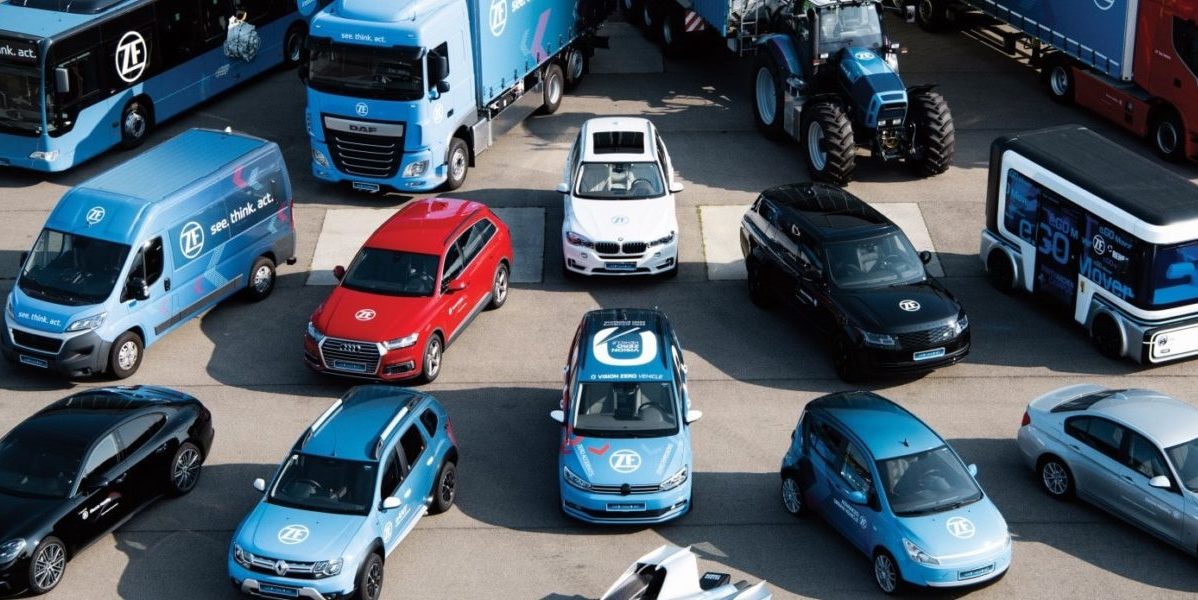
This project was one of the next steps in ACT’s actions to reduce the impacts of climate change as part of the Climate Change Strategy, and satisfied existing commitments made under the Zero Emissions Vehicles Action Plan 2018-2021.
The ACT Government has ambitious targets, and required detailed understanding of all policy interventions available, and a deep dive into a number that show promise. There was a very tight delivery deadline and complex internal and external stakeholder management to consider.
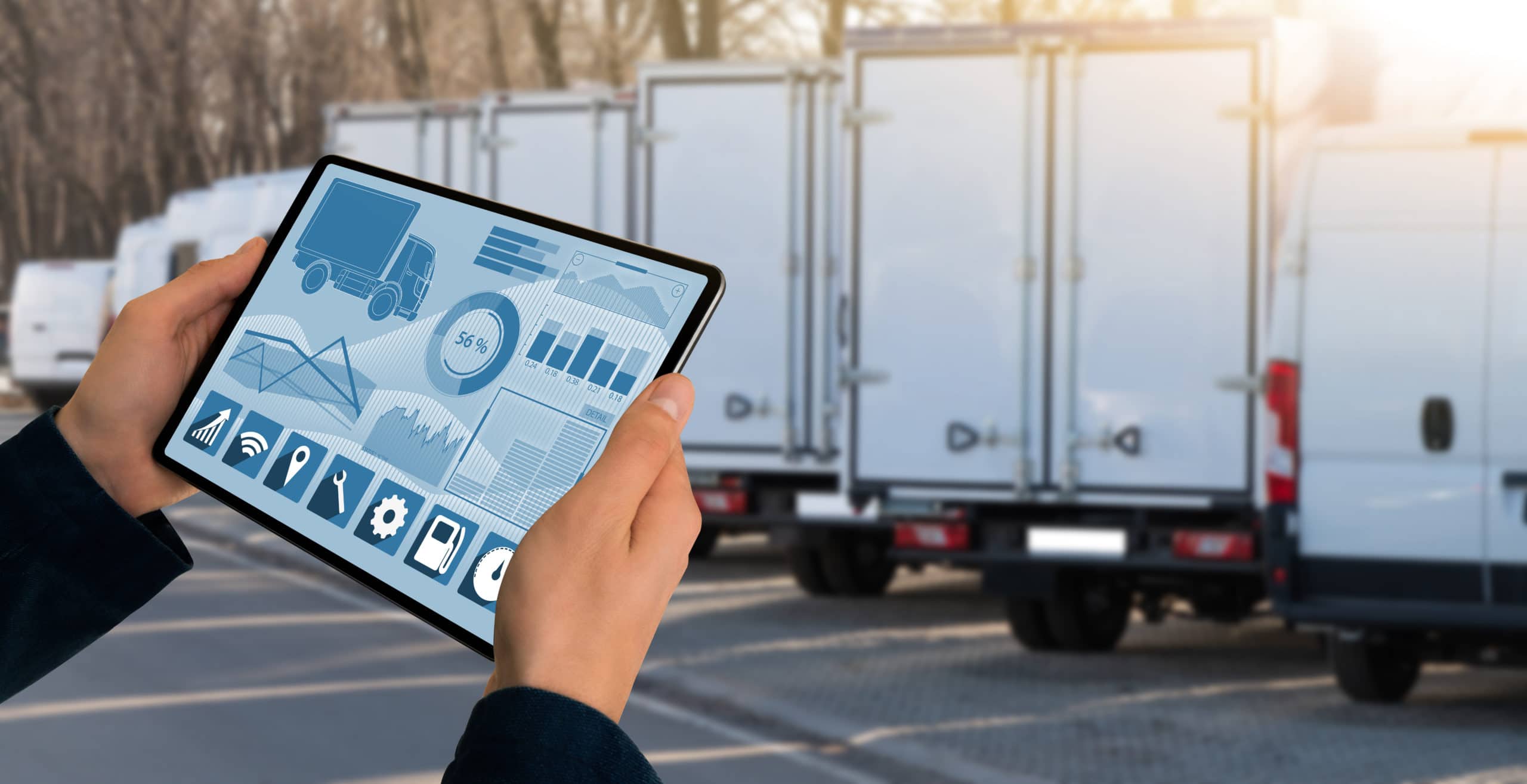
The key requirement of Brimbank Council’s Fleet Transition Plan (FTP) was to guide a transition of Council’s fleet to zero emissions technologies by providing a business case for the transition of the Council’s vehicles to zero emissions by 2030, and sooner where possible. This fleet included more than 300 Waste Collection, Commercial Trucks, Passenger vehicles, Buses, Utes and Vans.
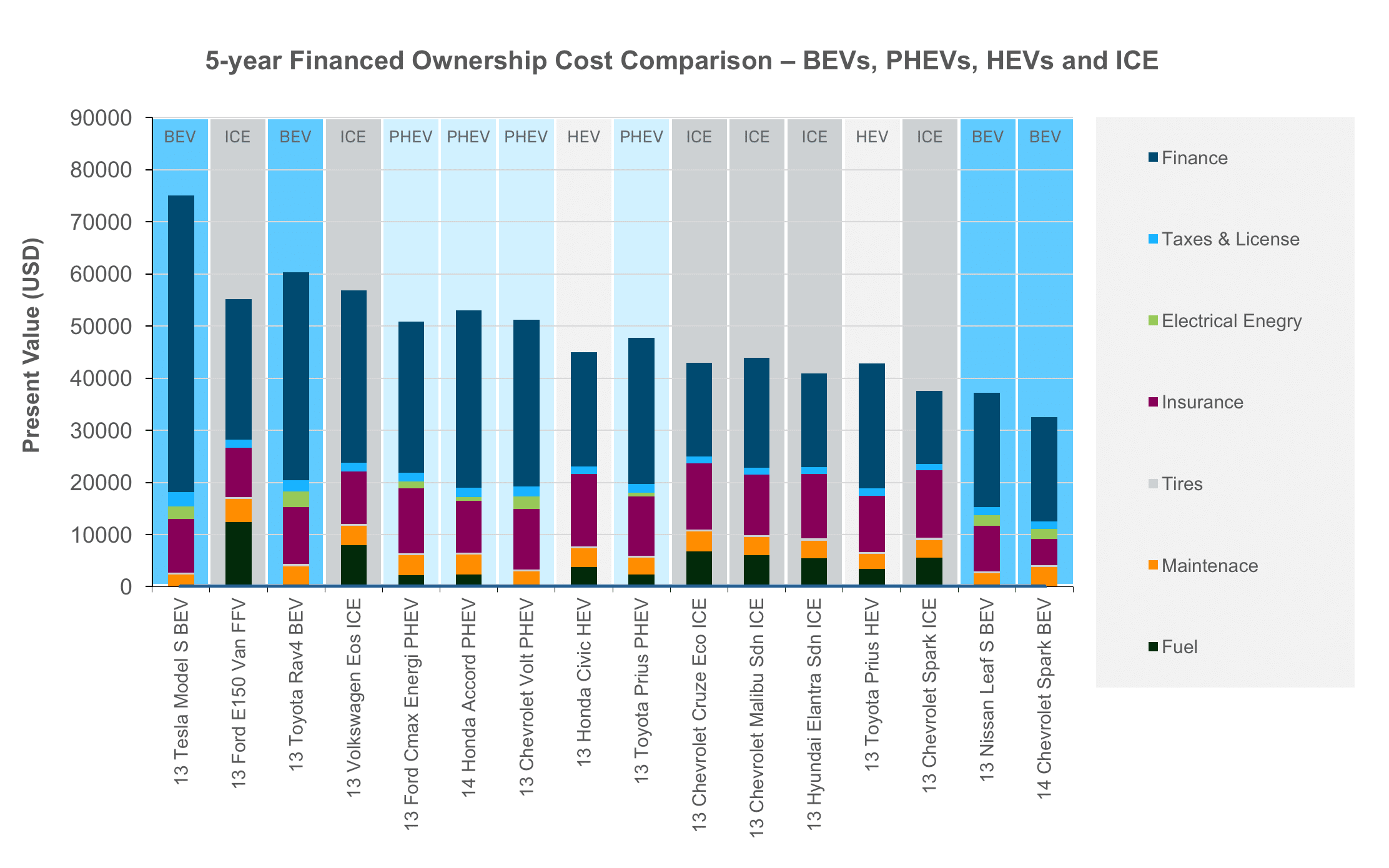
In anticipation of the demand for electric vehicles increasing, and the future application of vehicle emission standards, the City wished to establish a pathway for the transition of the City’s own internal vehicle fleet to a low carbon and electric vehicle fleet where practicable.
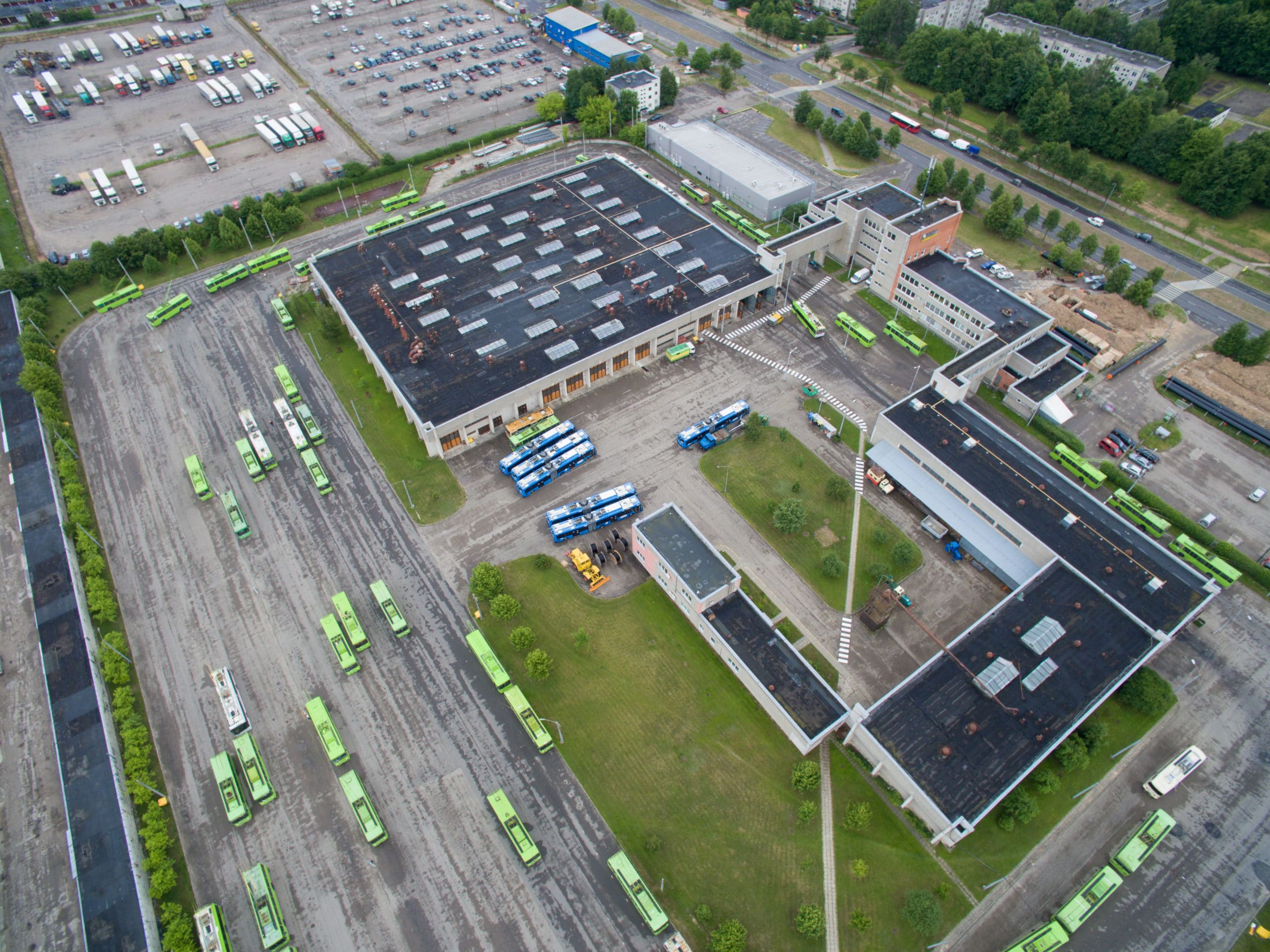
The LTA were interested to see how this fleet could be electrified and what operational impacts this may have and launched a collaborative process to work with operators to develop the potential future bus electrification strategy. Go Ahead needed a way to quickly analyse their existing bus routes to present some alternatives to the transit authority. They needed a robust answer, and they needed it quickly.

Evenergi was commissioned by Essential to create a forecast of the potential impact of electric vehicles on their network. Essential’s network is vast and diverse as it spans most of the regional NSW, containing long interconnecting lines with small loads, as well as large regional centers.

Prior to this study, there was no clear way to predict the future impact of electric vehicles on the electricity network in NSW. Evenergi conducted modeling to predict the impact of electric vehicles on distribution networks across 225 postcodes in Ausgrid’s licensed distribution area, using GridFleet’s typology-based methodology.

The brief required a model for the deployment of up to 200 electric buses in two depots as well as a detailed analysis of bus and charging infrastructure options. The project also involved the development of a strong position in this area to help with tender defence next year, a development of a strong position in this area to help with future bids in general and a requirement for a clear understanding of options for the EOI process launched by NSW Government

This project contributed to the delivery of the DEIP EV Standards Taskforce (Taskforce) 2020 work plan. The brief was to locate gaps in the EV grid integration standards landscape in Australia where the absence of a standard may lead to negative impact on consumers. It also included a request to catalogue international standards that may be candidates for adoption or modification to cater for the identified gaps.
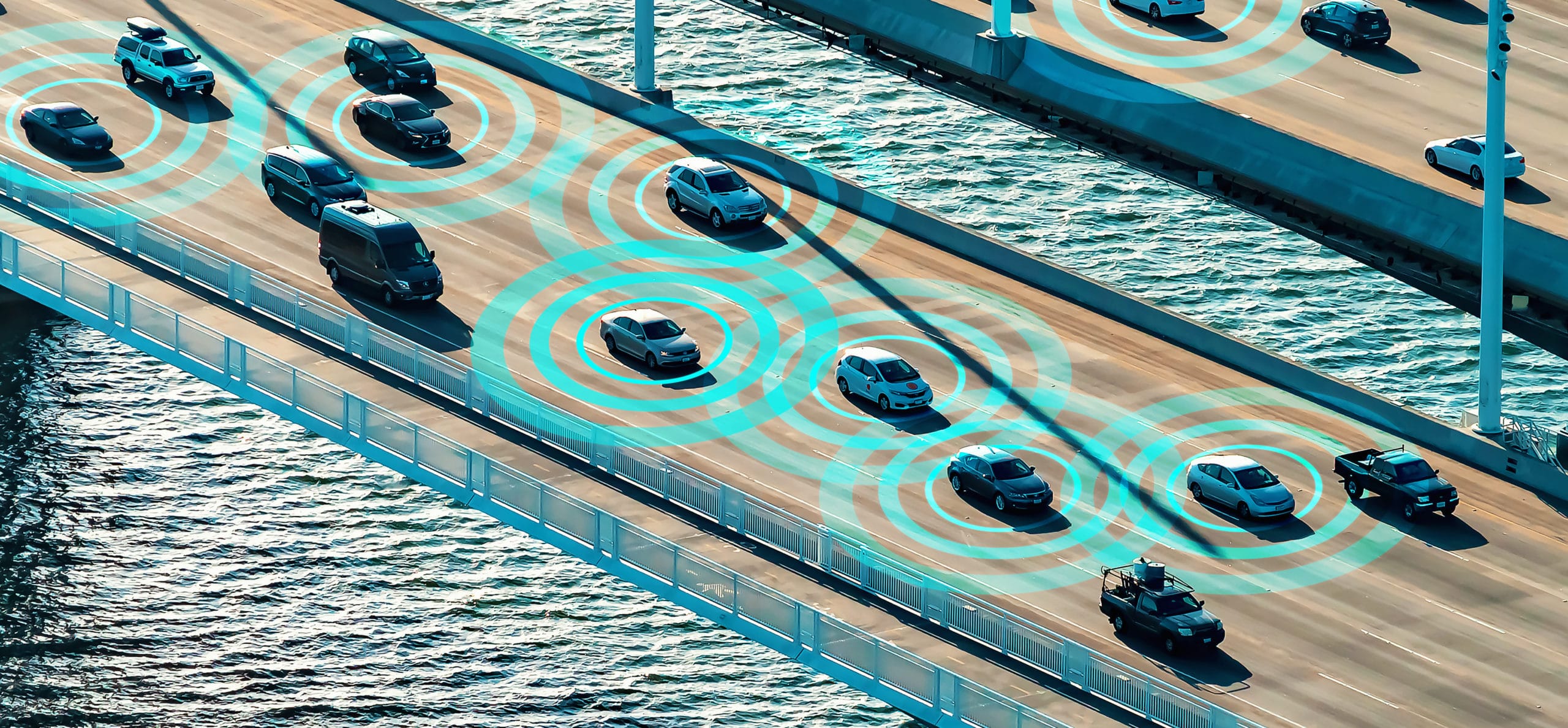
The Australian Federal Government is developing a national EV strategy and sought a consultant to advise on best-practice engagement strategies for new electric vehicle purchasers. Evenergi was appointed to undertake a global market scan, literature review, and Australian market gap analysis to articulate where the Federal Government could add the most value, and then developed a strategy, content plan and draft content and tools to enable execution of strategy.
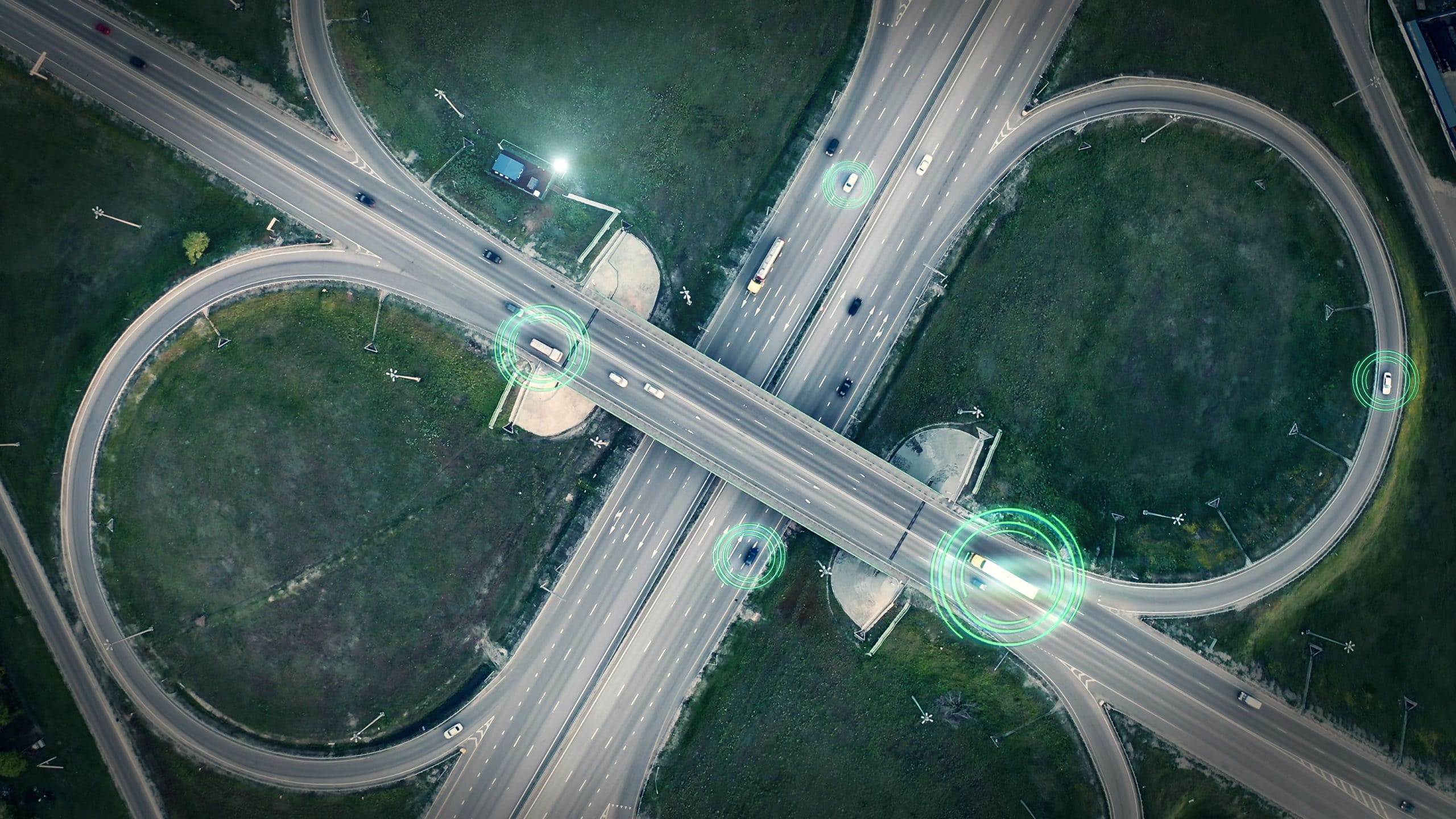
The ACT government had made a significant commitment to electrification of its entire fleet. They required a partner to help them to create a fleet transition plan, a charging infrastructure strategy across over 50 sites and run stakeholder engagement including workshops and creation of communications documents (one internal to the ACT Government and one for the broader community) .
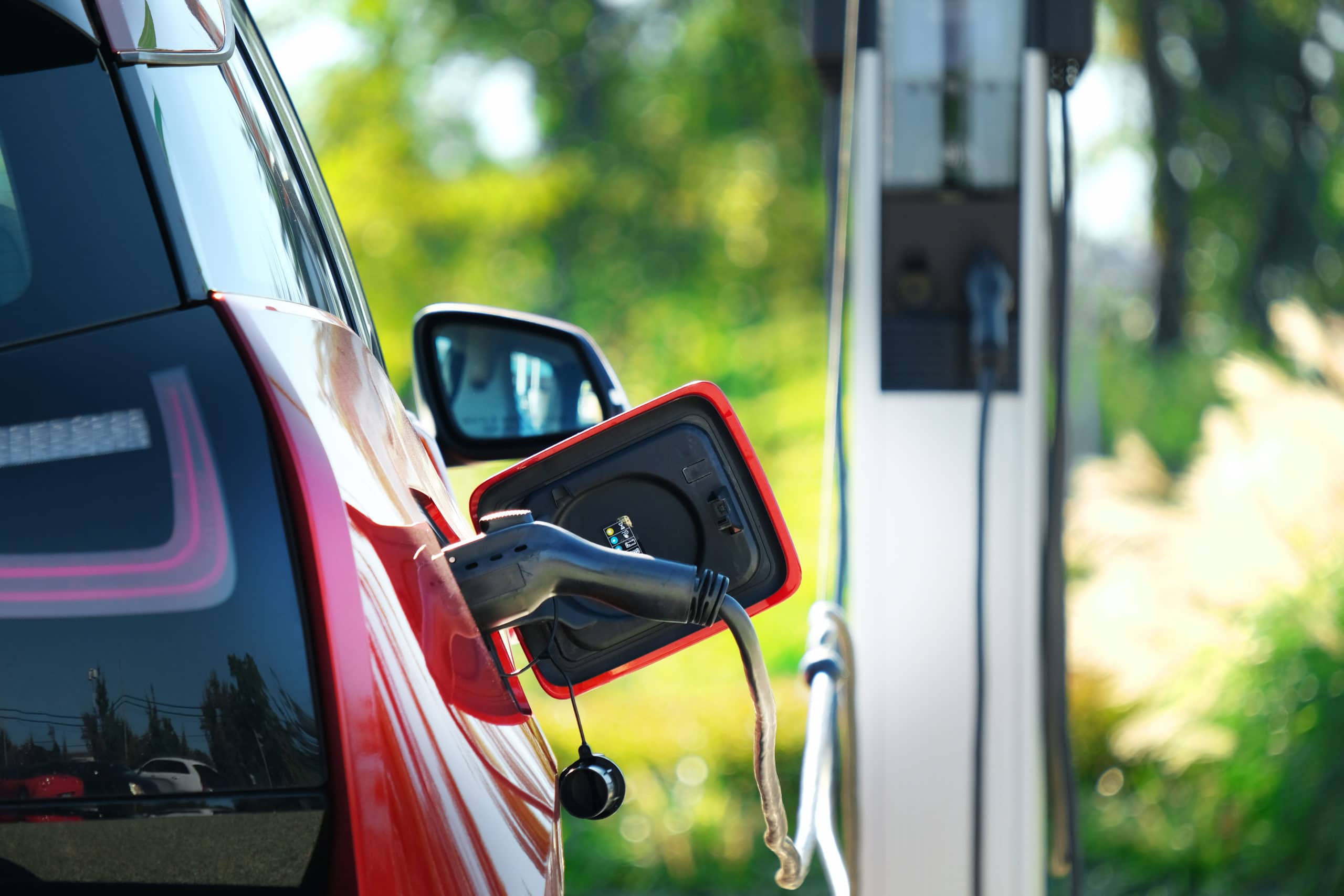
Centroc (now Central NSW Joint Organisation) is seeking to ensure that the Central NSW region is ready for the growing uptake in electric vehicles. This focuses mainly on providing a strategic regional plan for where demand for EV charging infrastructure will arise, ideally suited sites for charging infrastructure, and what type of charging service will be expected by users.
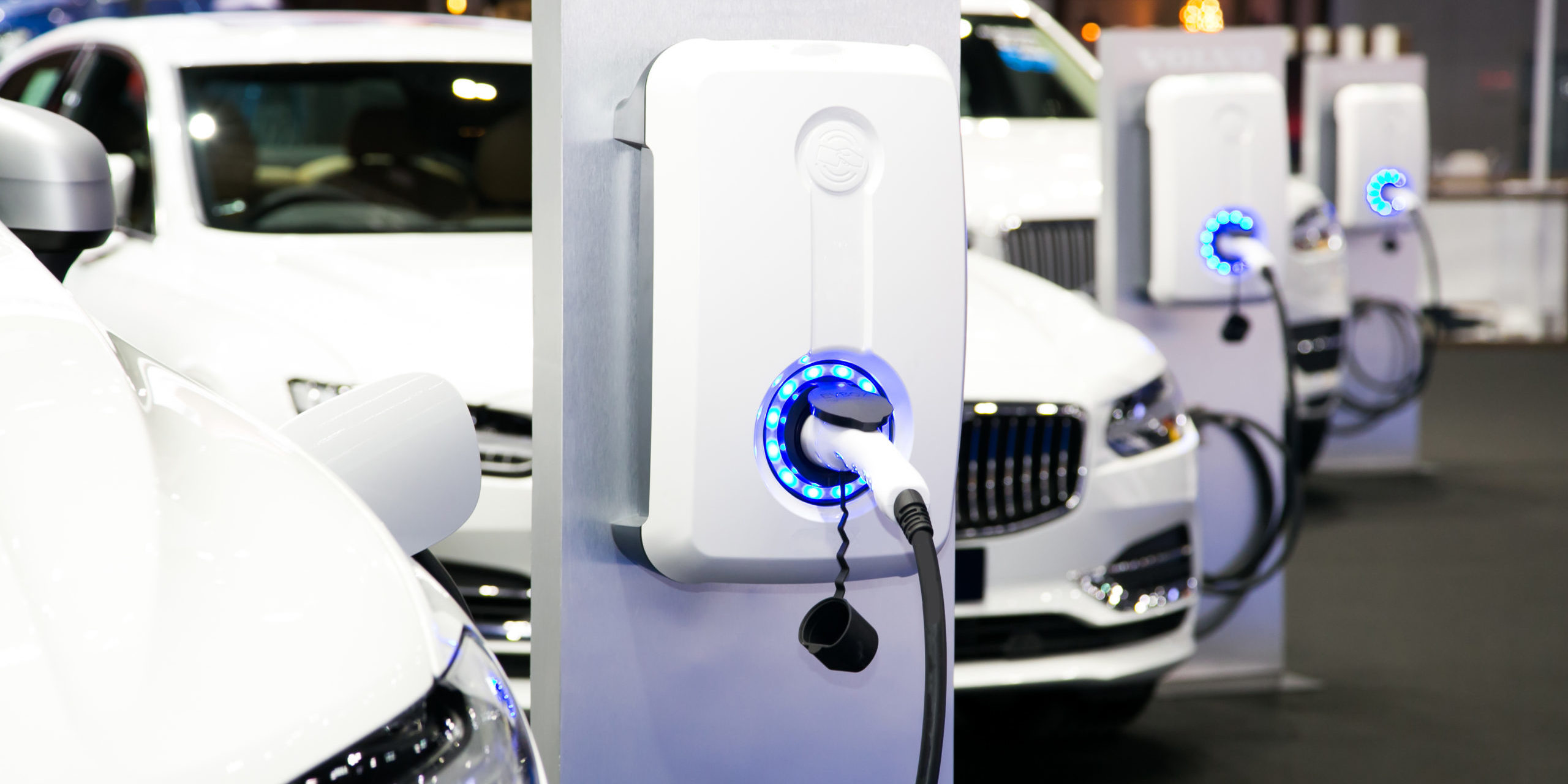
The NSW Government has established an array of programs in support of net zero emissions by 2056. These include key pillars such as the Future Transport Technology Roadmap and the Future Transport 2056 strategy. The 2056 strategy sets the 40-year vision, directions and principles for customer mobility in NSW, guiding transport investment over the longer term.
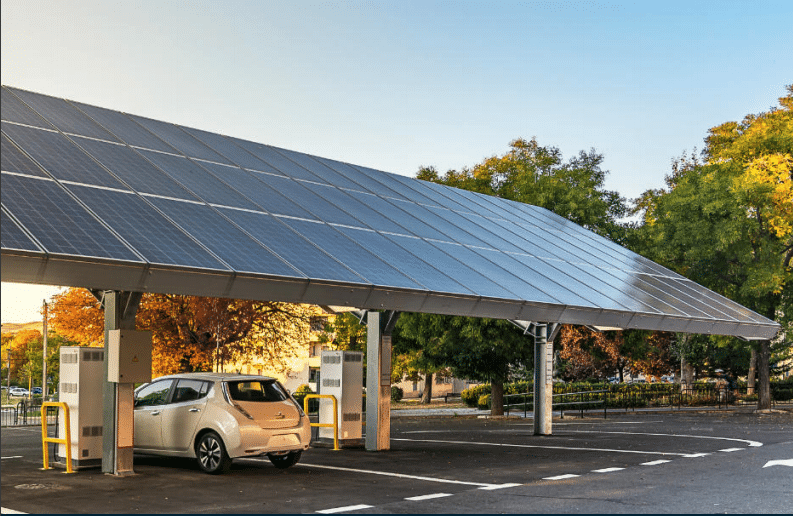
The SA Department of Energy and Mining needed Evenergi to determine and present a report on the minimum level of coverage and the minimum number of stations – by location – that would be required to achieve a level of state wide coverage. These findings would need to effectively mitigate regional charging as a barrier for metropolitan and regional community EV uptake.

As well as understanding the potential investment in charging infrastructure, Gippsland Climate Group wanted to also identify the potential business models they could adopt to gain investment from grants, private sector or as a commercial enterprise directly.
